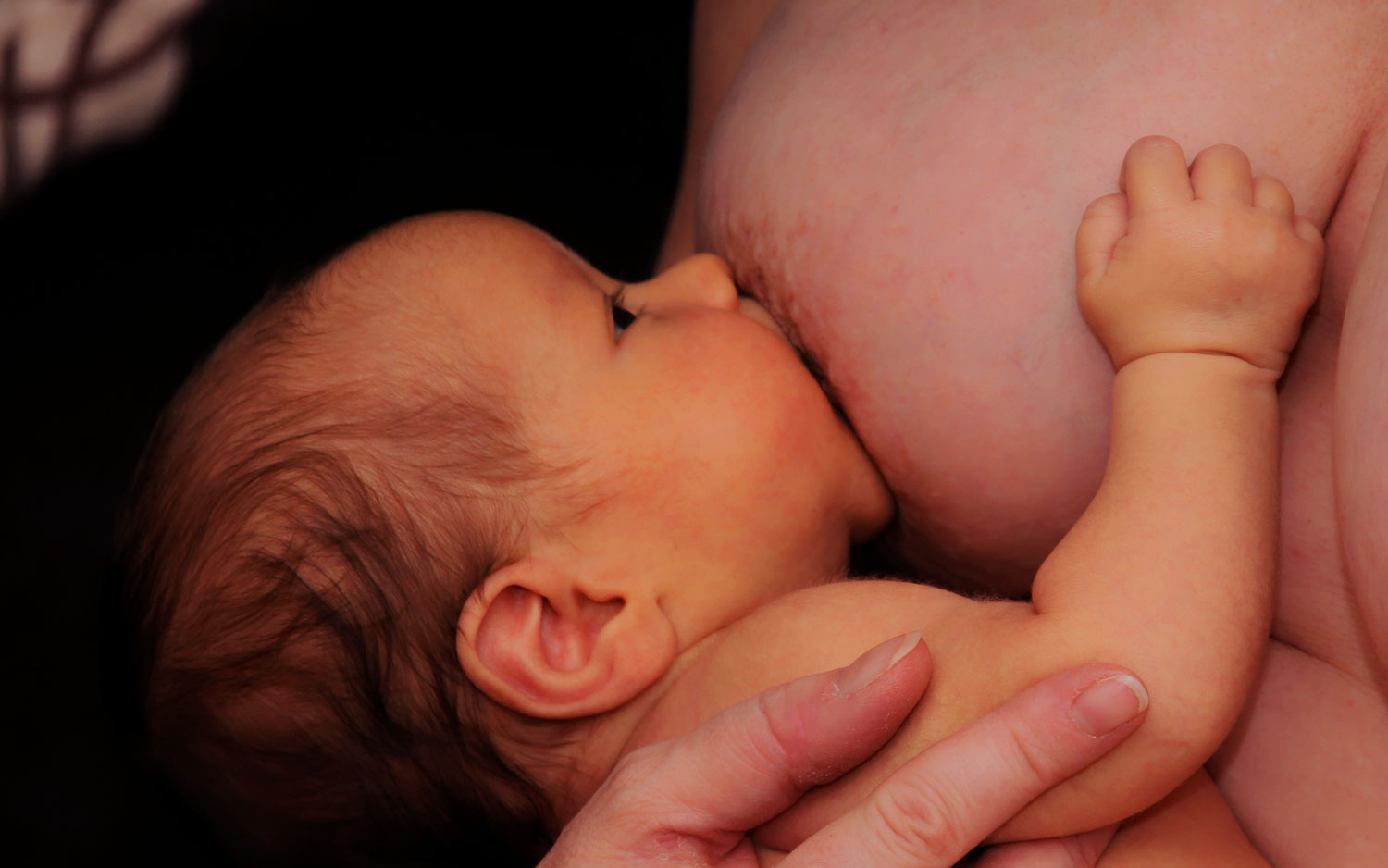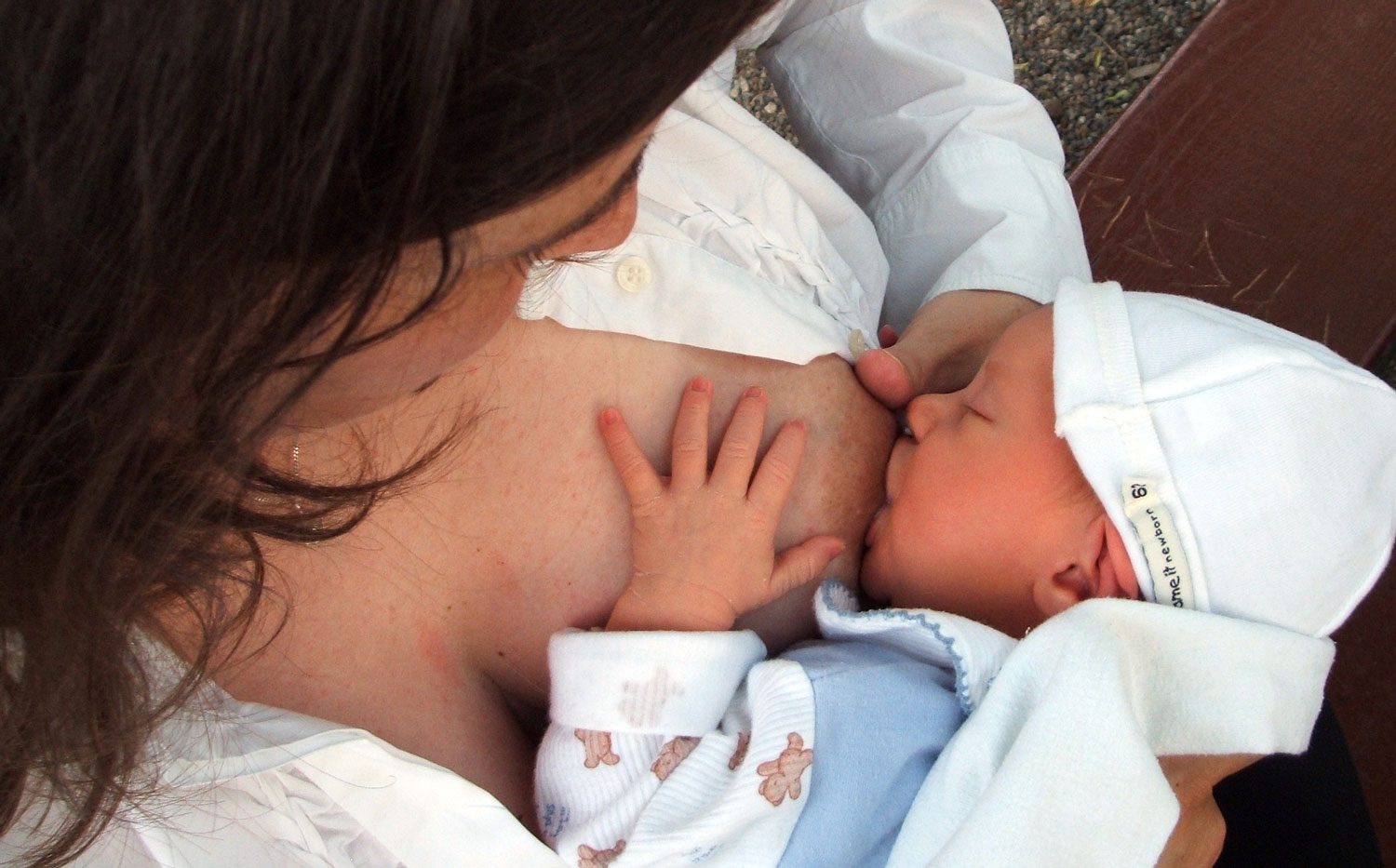10 Ways to Relieve Breast Engorgement
In the early days after birth, your breasts start making milk in increasingly larger volumes. Sometimes, they overdo it, and breast engorgement occurs.

What happens when your milk comes in
The process of producing milk for your baby begins well before she or he is born. During pregnancy, your breasts start making colostrum. Producing colostrum is part of a stage called stage 1 lactogenesis.
After birth, further hormone changes trigger copious milk production in stage 2 lactogenesis. In stage 2 lactogenesis your milk “comes in”. It usually starts to happen around 2 to 3 days after birth. The volume of milk may increase more quickly for second or subsequent babies, and more slowly with first babies and caesarean births.
What happens when breasts become engorged
Typically, when your milk comes in, it means bigger, fuller boobs than you’ve ever had. Usually, they’re still soft and elastic.
However, if your breasts are too full of milk, breast engorgement can occur. Engorged breasts become hard and painful, the skin becomes tight and shiny, and it’s difficult for the baby to latch. If you’ve ever heard someone describe their nursing breasts as resembling rockmelons, this might be what they meant. Ouch!
Fortunately, with proper treatment, breast engorgement will subside in a day or two. Then, your breasts will learn to make the exact amount of milk that your little one drinks.
What you can do to manage breast engorgement
1. Feed often
Babies need to feed around 8-12 times in 24 hours in the early days, including overnight. If you’re uncomfortable with breast engorgement, it’s OK to wake the baby for a feed. Don’t limit bub’s time at the breast. Also, let your little one finish one side before offering the other.
2. Check the latch
Make sure the baby is taking plenty of milk to drain the breast well. For example, is the baby taking a big mouthful of areola? Is the baby’s spine and head in alignment? Is their body close to yours and their chin in contact with your breast?

3. Use cold packs between feeds
Applying cold gel packs or cabbage leaves to your boobs can relieve pain and hardness associated with breast engorement. Keep your cabbage in the fridge, and remove the hard stems before use. How long should you leave them on for? In one research study, for example, the mothers used three big leaves for two hours. They then took half an hour break before putting the cabbage back on for another two hours.
4. Use warmth before a feed.
You can use warm heat packs or have a warm shower for a few minutes before feeding to help the milk flow. However, don’t use warmth for too long, as it can increase inflammation, and don’t use it between feeds.
5.Use non-steroidal anti-inflammatories
Ask your midwife or doctor about taking common, safe medication such as ibuprofen. As well as reducing pain, it reduces the inflammation that’s stopping the flow of milk.
6. Try massage
Massaging the breast from the shoulder towards the nipple before and during a feed can also help the milk flow more freely.
7. Learn reverse pressure softening
Reverse pressure softening is a manual technique designed to soften the areola and make it easier for bub to latch on properly. It moves any swelling away from your areola, pushing it back into the breast. While laying on your back, use the flat part of your fingers to apply gentle pressure at the base of the nipple. Hold it there for a minute, then move fingers to another part of the areola and repeat.
8. Consider hand expression or pumping
If the baby is not feeding well or having a hard time latching on to the engorged breast, expressing milk can help in two ways. The first is by making it easier for bub to latch on.
The other benefit of expression is that it reduces the build-up of milk to decrease discomfort. However, unless your midwife or lactation consultant suggests otherwise, only express as much as you need to be comfortable. Why? Too much stimulation of the breasts will make them produce even more milk.
9. Book in for acupuncture
 In one study comparing acupuncture to usual care, the mothers receiving acupuncture were less likely to develop an abscess from engorgement. They also had less severe symptoms and had a lower rate of fever.
In one study comparing acupuncture to usual care, the mothers receiving acupuncture were less likely to develop an abscess from engorgement. They also had less severe symptoms and had a lower rate of fever.
10. Get advice
Anytime your breasts are engorged, talk to a health care provider about managing your particular situation. It might be a midwife, child health nurse, lactation consultant, or GP. You can also contact the Australian Breastfeeding Association for free support.
Reference List
PBB aims to keep you informed with the latest research-based information. Check out our reference list used in the creation of this article.
About the Author
Louise Wedgwood is a freelance health and parenting writer, working with magazines, online publications and businesses. She has a background in health science, and enjoys helping parents make evidence-based choices. Her own children have shown her making the right decisions is never black-and-white.
Share this Post
Recent Posts
Recent Comments
- Jyai on Why does it matter where and how women give birth?
- zaroob Raja on Early ovulation on the 9th day of your cycle. Is it a problem?
- Jane Palmer on Early ovulation on the 9th day of your cycle. Is it a problem?
- Sarah on Early ovulation on the 9th day of your cycle. Is it a problem?
- Jane Palmer on Sydney Hospitals
Archives
Categories
PBB’s Social Media Pages
The post 10 Ways to Relieve Breast Engorgement appeared first on Pregnancy Birth and Beyond.
Read Original Article: 10 Ways to Relieve Breast Engorgement »




